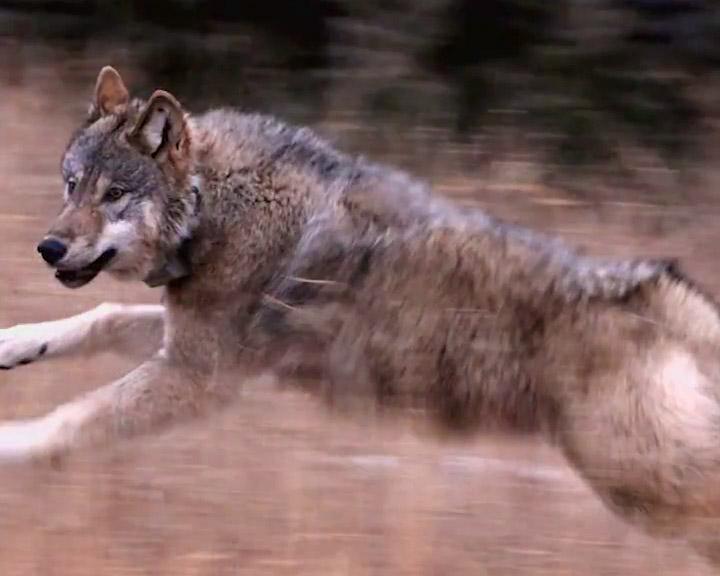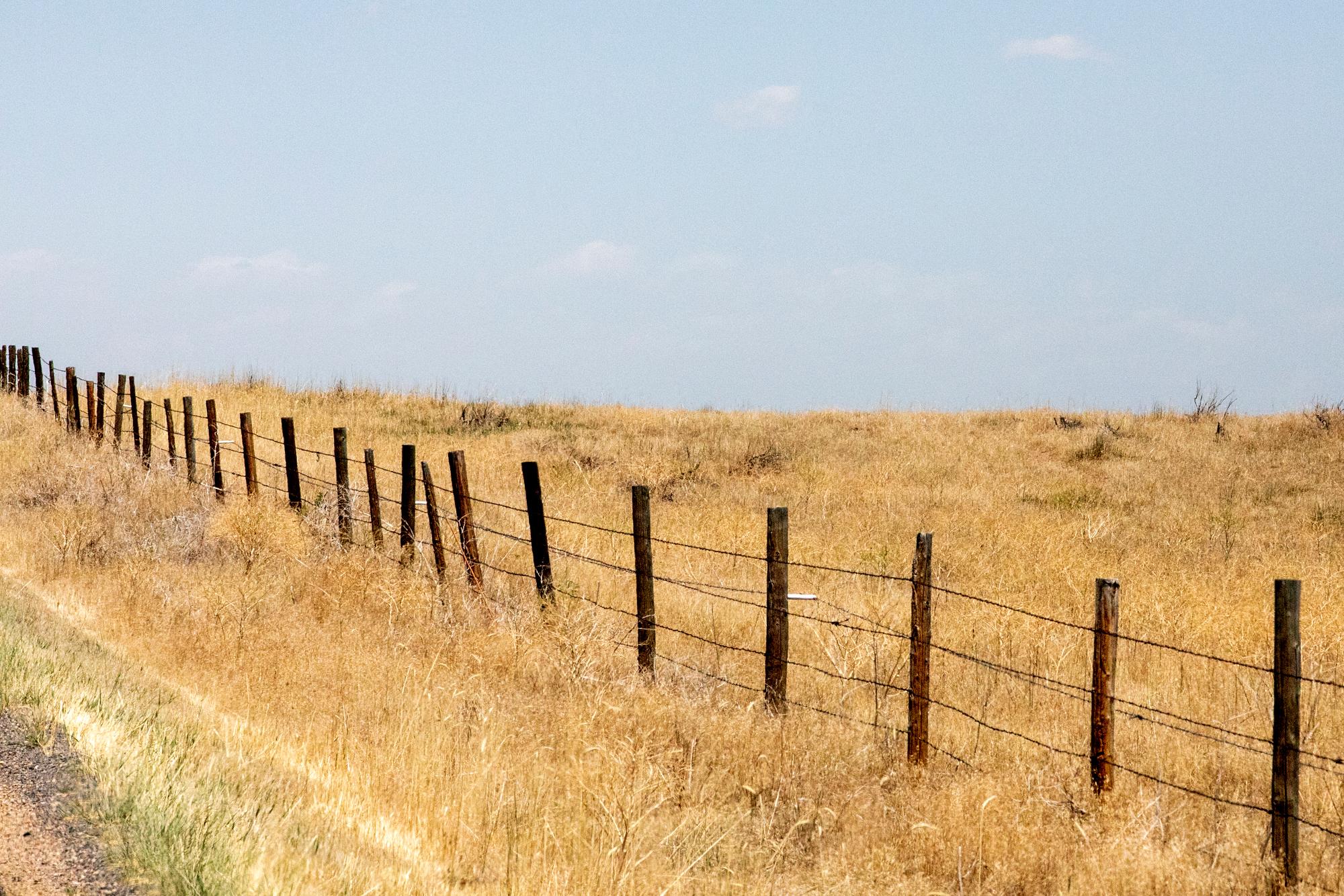
Colorado wildlife officials killed a wolf in Pitkin County on Thursday night, marking the first time the state has resorted to lethal removal since it began reintroducing the species in late 2023.
The decision came after nearby ranchers reported a string of wolf attacks around Memorial Day weekend. Those incidents left two calves dead and injured four additional cattle, leading livestock operators to call on Colorado Parks and Wildlife to shoot any wolves behind the incidents.
In a press statement released Friday, CPW director Jeff Davis said their investigation confirmed that wolves were behind four livestock attacks at ranches near Aspen between May 17 and May 25. The wildlife agency also concluded that local livestock operators had implemented all reasonable measures to deter wolves from their properties.
“The decision to take lethal management action was very difficult,” Davis said in the statement. “This action will help ensure that wolves and packs that are targeting natural prey serve as the foundation for a sustainable population. Most of the wolves in the state are sticking to natural food sources and avoiding livestock conflicts.”
The state chose to remove the wolf under a rule adopted earlier this year to guide its wolf management operations. If evidence suggests a wolf—or group of wolves—attacks livestock three or more times in a 30-day period, wildlife officials may consider killing them to prevent further losses.
After an investigation last week, CPW determined the recent events met the “chronic depredation” criteria on May 25 and made plans to remove a wolf as soon as possible. It ultimately killed wolf 2405, a member of the well-known Copper Creek Pack living in Pitkin County.
A spokesperson with Colorado Parks and Wildlife declined to explain how the targeted wolf was involved in the livestock incident and why exactly the state opted to kill it. He said the agency will release a final report about the decision, but didn’t provide a timeline for publication.
A pack with a history of livestock incidents
It’s not the first time the Copper Creek Pack has been at the center of the news around Colorado’s controversial wolf restoration program.
In the spring of 2024, CPW announced two wolves from the initial batch of wolves captured in Oregon and released in Colorado in December 2023 had formed a family group and had a litter of pups, marking a major success for the controversial restoration effort. No other reintroduced wolves had bred to form a pack at the time.
Any celebration, however, was soon overshadowed by reports of lost livestock near the pack’s den site outside Kremmling, Colo. After considering its options, the state trapped the pack and brought all members into captivity. One pup born to the pack in 2024 evaded capture and continued living in Grand County.
A few days later, the breeding male in the pack died, which a federal investigation later linked to an untreated bullet wound. While it’s illegal to shoot a wolf in Colorado under state and federal law, neither CPW nor the U.S. Fish and Wildlife Service has released any information about who injured the animal.
Last January, CPW re-released the Copper Creek Pack along with 15 additional wolves captured and relocated from British Columbia. Officials said they were released in Pitkin and Eagle counties, but didn’t reveal the exact locations.
By moving the Copper Creek Pack, CPW disregarded its own recommendation against relocating wolves with a habit of preying on livestock. The state’s wolf management plan warns the practice risks “translocating the problem along with the wolves.”
CPW has said it stands by the recommendation. It decided to make an exception since the Copper Creek Pack represents the only example of reintroduced wolves successfully breeding and helping the state to its goal of building a “self-sustaining” wolf population.
Why the state could end up killing more wolves to protect livestock
While ranchers reported that multiple wolves were involved in the recent string of attacks, CPW opted to kill a single wolf and monitor to determine whether the removal shifts the pack’s behavior.
Tom Harrington, the manager of the Crystal River Ranch near Carbondale and president of the Colorado Cattlemen's Association, said wildlife managers told him GPS collar data indicated wolf 2405 was responsible for killing a calf at the property over Memorial Day weekend.
He added the individual was one of the wolves born last year, not the breeding male or female pack members.
That means the state could euthanize additional wolves if the pack continues to kill or injure livestock.
Harrington said wildlife officials told him a recently reintroduced male wolf from British Columbia had joined the pack, breeding with the adult female to sire another litter of pups now living in a den in the area.
Meanwhile, the year-old pack members are living and hunting around the Roaring Fork Valley.
“If there continues to be livestock depredations, I was told they would continue removing these pups from last year that are now over a year old, but they will not take out the female with new pups or the male providing for her,” Harrington told CPR News.
If there are further livestock attacks, Harrington said he hopes CPW takes swift action against any wolf involved, no matter their role within the Copper Creek Pack.
Rob Edward, a wildlife advocate and director of the Rocky Mountain Wolf Project, said he hopes the decision to kill a single wolf buys the state and livestock operators time to focus on non-lethal deterrence measures like warning flags and range riders to guard cattle.
He also hopes the state does whatever it can to avoid killing breeding adult wolves or any new pups.
“Given how valuable those wolves are, if they've got puppies, then everything needs to be done to help them succeed,” Edward said.









